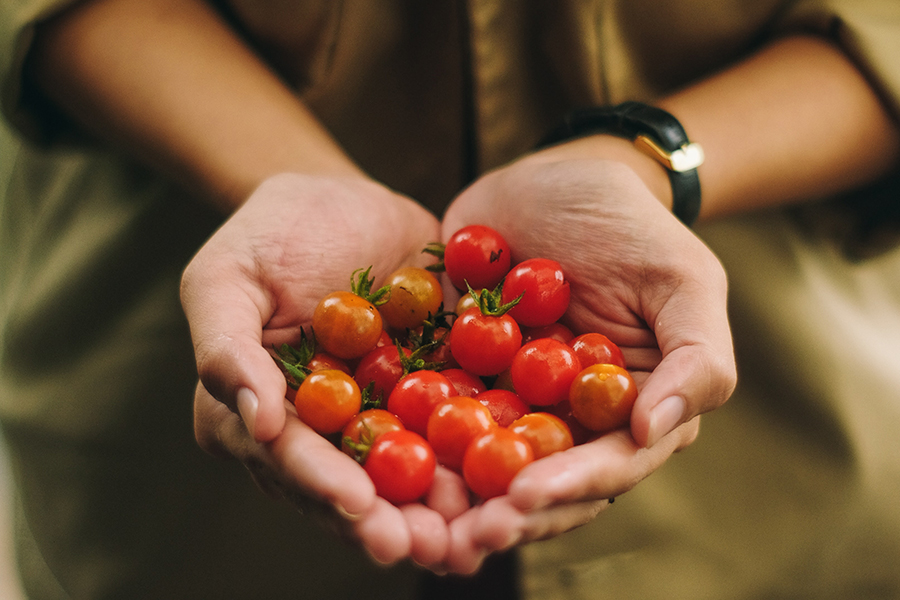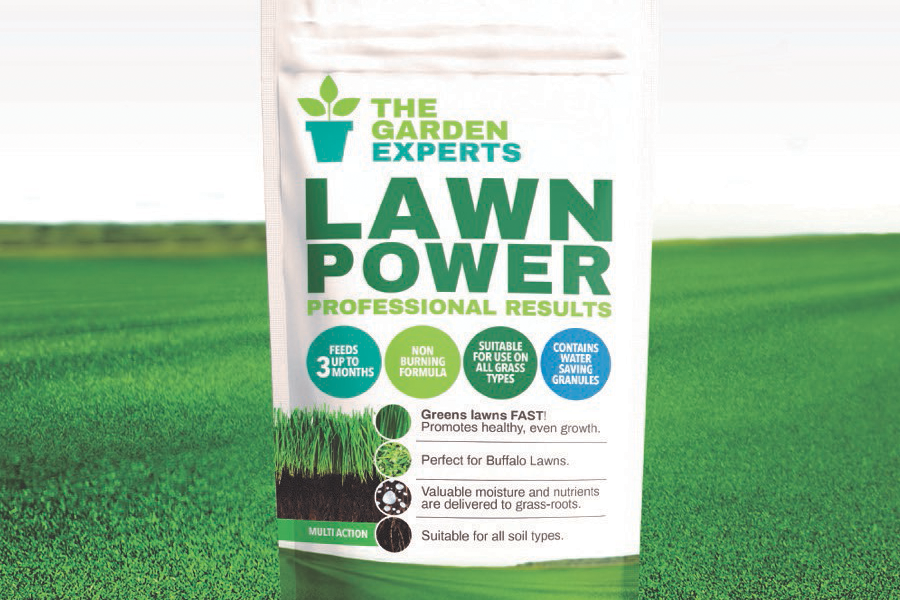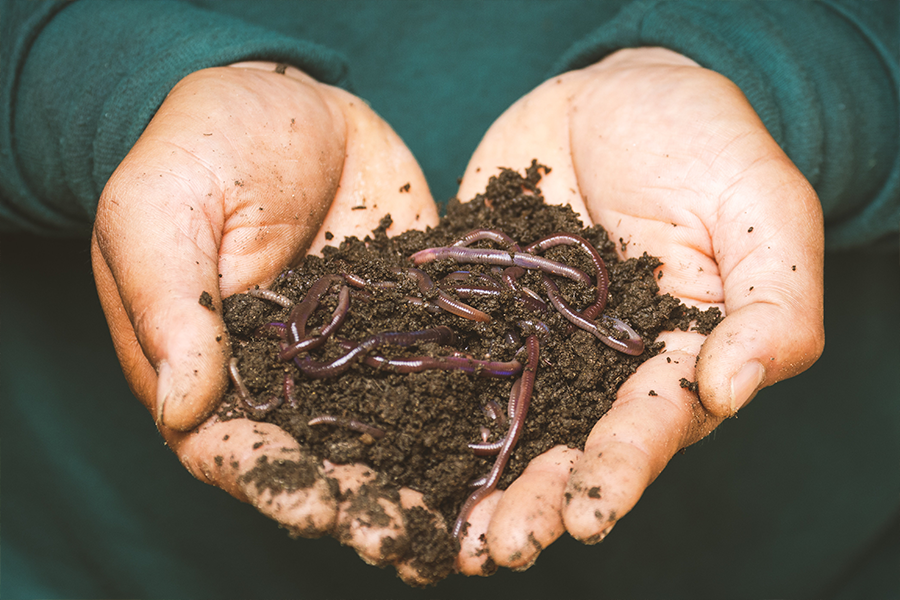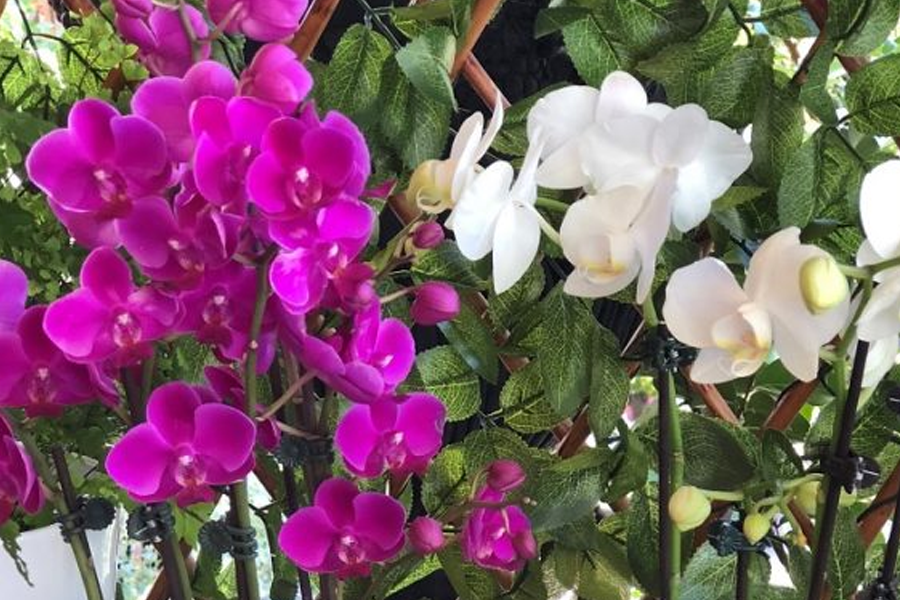by IGC Admin
Share
by IGC Admin
Share

For the space they occupy, they deliver a much higher yield than any other vegetable.
Varieties
A popular mid-season staking variety is the well-known Grosse Lisse which bears medium to large globe shaped fruits.
Moonshot yields delicious round fruit for months.
Beefsteak is an early fruiting variety, producing big, plump fleshy fruit with excellent flavour.
Rouge de Marmande is a very early variety which sets fruits at lower temperatures than other varieties.
A good early grafted tomato is Mighty Red which produces an abundance of large, globe shaped fruit of good colour and flavour.
Sweet Bite is a dwarf plant which produces flavoursome cherry size tomatoes that are terrific for salads and lunch boxes.
There are many more varieties, some which require staking and some which will be fine without, ask your IGC garden centre for advice. Some varieties are suitable for pots or even baskets, such as the cherry tomato. These make an idea container plant and form a colourful display.
Tomatoes grow well near asparagus, celery, parsley, basil, carrots and chives. For gardeners with little space, hydroponic kits have a special appeal, and tomatoes do well, as long as they are fed sufficiently.
Feeding
Tomatoes respond well to additional feeding, we recommend using Thrive Concentrate Tomato food. When the tomato plant is flowering, and while the fruit is first developing, an all-purpose Plant Food plus a high potash fertilizer like Thrive Concentrate Flower & Fruit Plant Food should be used. Apply tomato food every two weeks in the garden and every week if growing in a container.
Watering
Tomatoes need special attention when it comes to watering in warm weather. Do not let them dry out, this could mean daily watering in hot conditions. An even and regular watering schedule is vital; this will encourage full flavoured fruit.
Mulching
A layer of mulch should be spread over the soil in spring. This will act as an aid in conserving moisture and keeping the roots cool during the hot weather. Keep the mulch a few centimetres from the trunk to prevent any problems with collar rot.
Staking and Pruning
Remove laterals which grow from the leaf axils. If laterals are well developed cut them off to avoid damaging the plant. Tie the leaders to the stake with garden twine at 30 centimetres intervals, just above a leaf. When tying the leaders to a stake, do not fix the tie too tightly that it inhibits or causes damage to the plant as it continues to grow. Ensure that flower trusses are not squeezed between the leader and the stake.
Grafted Tomatoes
Grafted tomato rootstock is more vigorous than the normal tomato. Therefore it is essential to remove any coarse leaved shoots or suckers (these are the shoots that appear through the soil from the rootstock) from below the graft. Any shoots left to grow from the tomato rootstock will overtake the plant and will rob it of nutrients and water. Both roots from the rootstock and desired variety are kept intact to increase the water and nutrient uptake.
Pests
Caterpillars and White Fly are generally the most prevalent pests. Keeping your tomato plant healthy and well maintained will help minimise these pests. Should you need to use a spray, Yates Nature’s Way Caterpillar Killer Dipel is ideal for caterpillars and Nature’s Way Insect and Mite Killer is good for White Fly. In New South Wales the fruit fly is the bane of tomato growers. If this is a known problem in your area, it is advisable to start a spraying regime when the fruits are half sized, and well before they start to colour. Spraying should occur at 10 to 14 day intervals with a systemic spray like Yates Nature’s Way Fruit Fly Control. Always seek advice from your local IGC garden centre is you are unsure.
Diseases:
Tomatoes can be affected by certain viruses like Mosaic Virus. This is a green mottling of leaves that result in sunken brown patches under the skin of fruit and is spread during times like pruning. Diseases will increase year on year if tomatoes or related crops are continuously planted in the same place. This is why a four year interval is recommended.
Our very own slow release fertiliser that provides all the essential nutrients for most plants.
What's worse than finding a worm in your apple? Finding half a worm...
A Living Gift provides many weeks or months of flowering beauty and is fantastic value for money.





